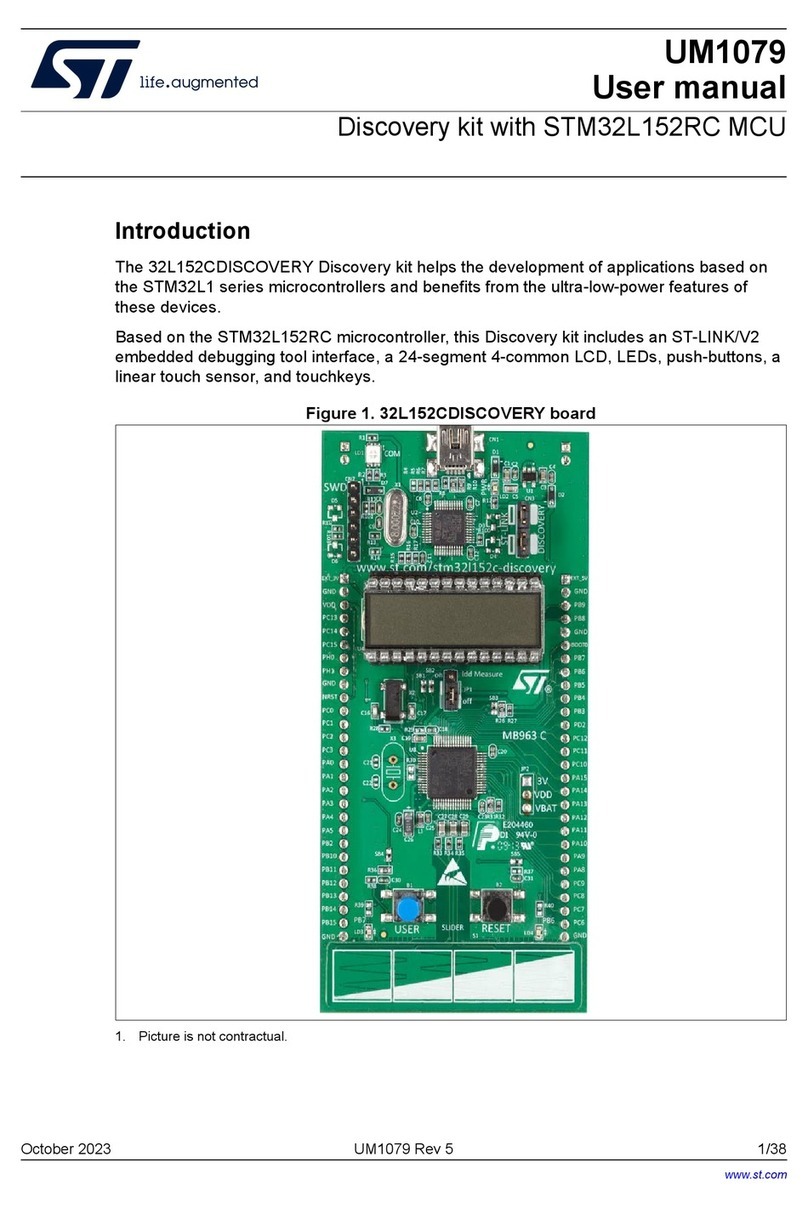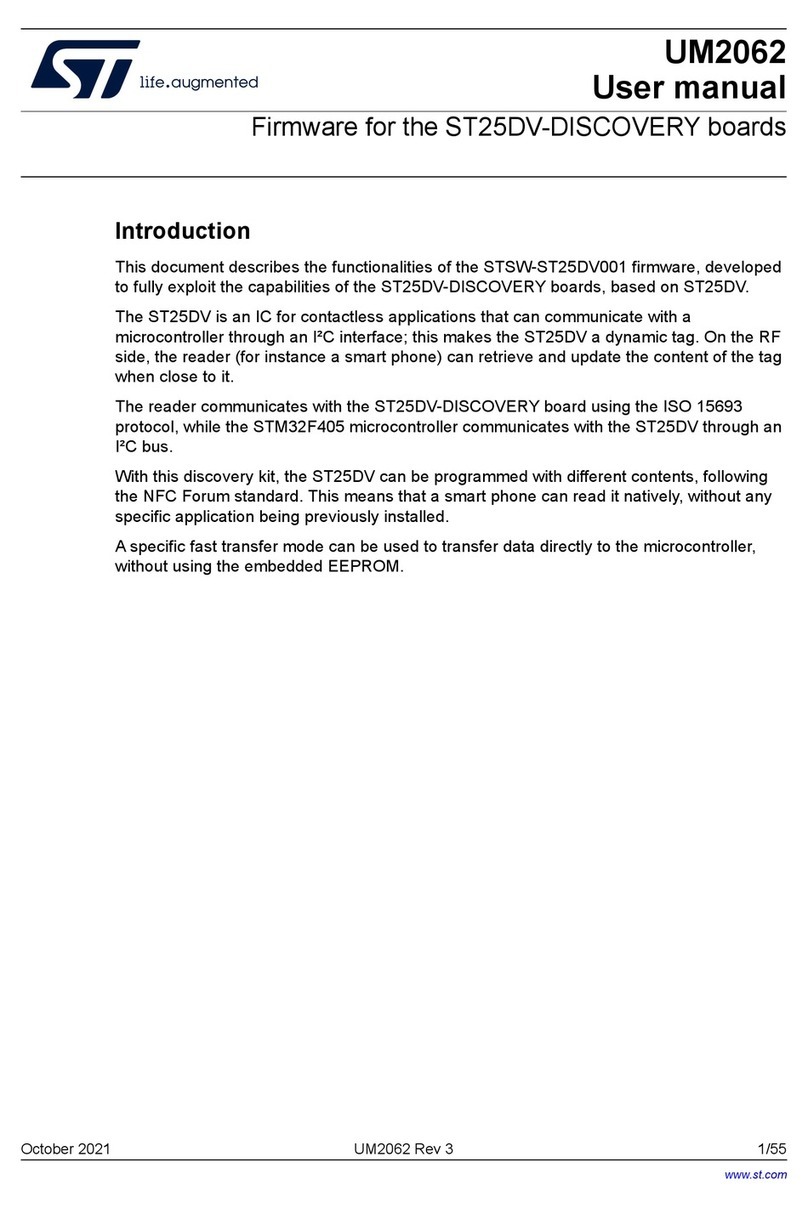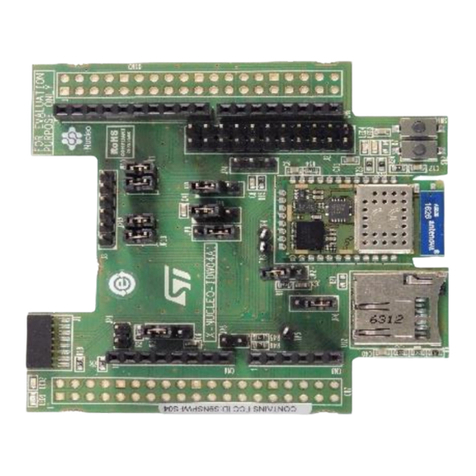ST UM2727 User manual
Other ST Computer Hardware manuals
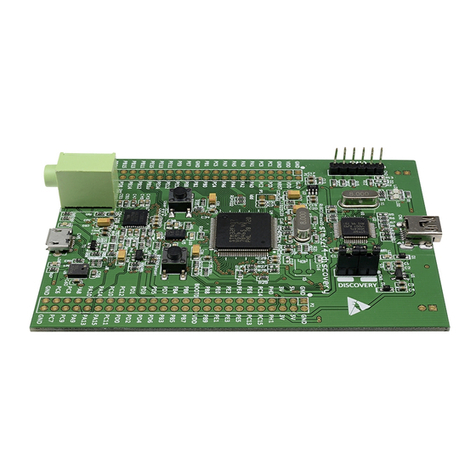
ST
ST STM32F4 Series User manual

ST
ST QFN20 User manual
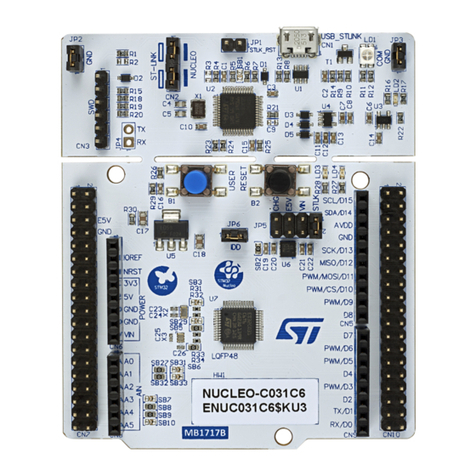
ST
ST STM32 Nucleo User manual
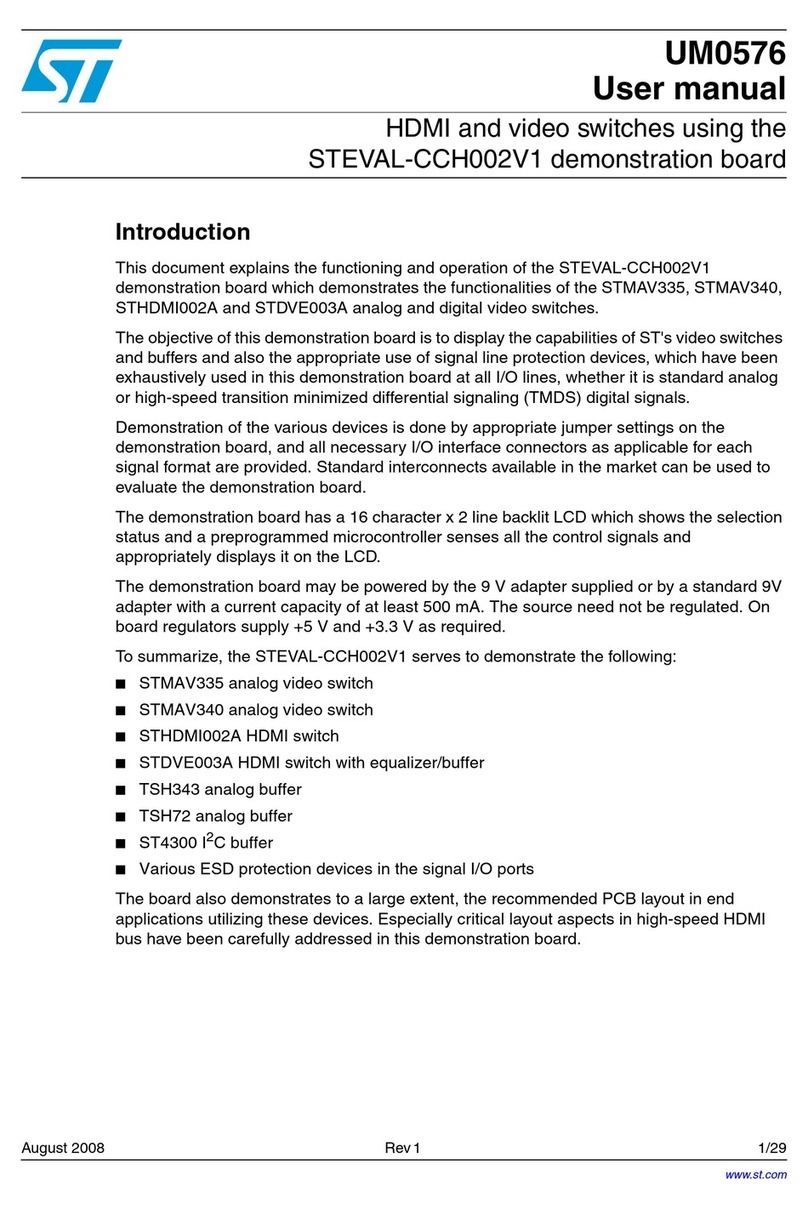
ST
ST STEVAL-CCH002V1 User manual
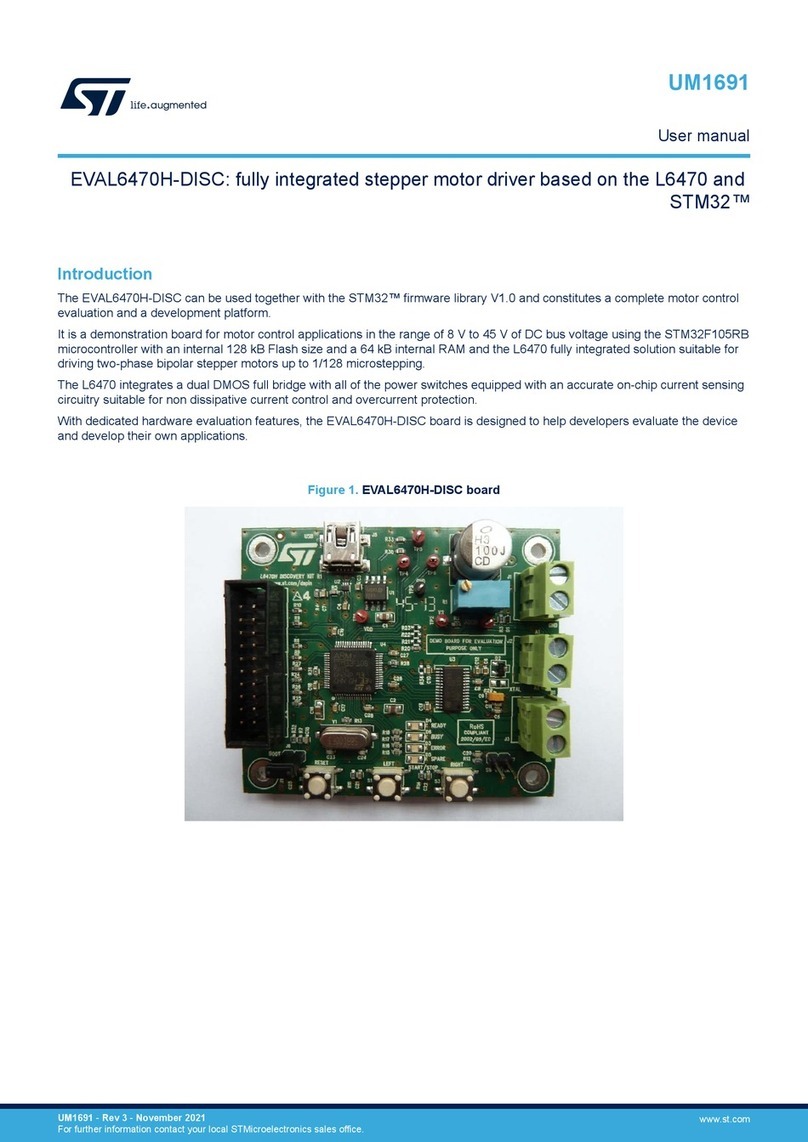
ST
ST EVAL6470H-DISC User manual
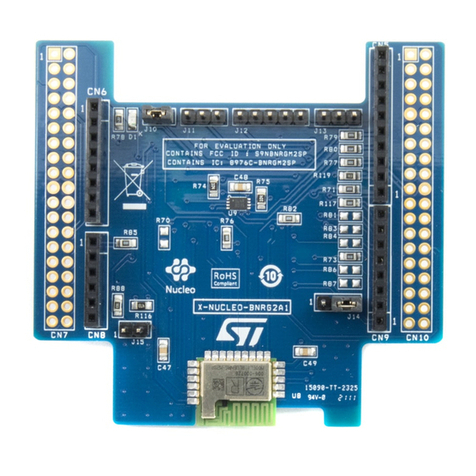
ST
ST X-NUCLEO-IDB05A2 User manual
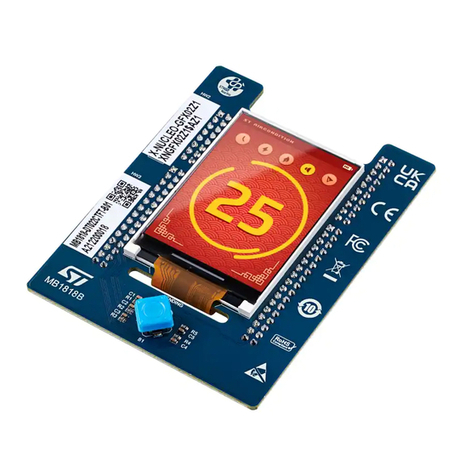
ST
ST X-NUCLEO-GFX02Z1 User manual
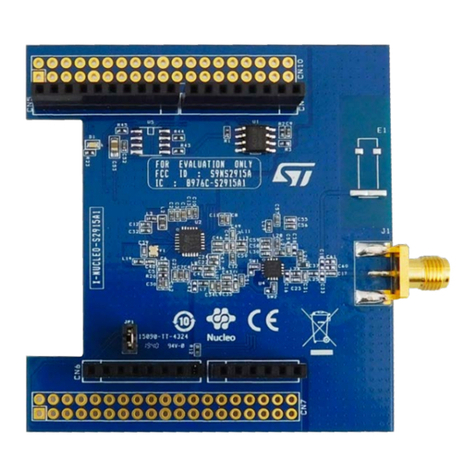
ST
ST X-NUCLEO-S2915A1 User manual
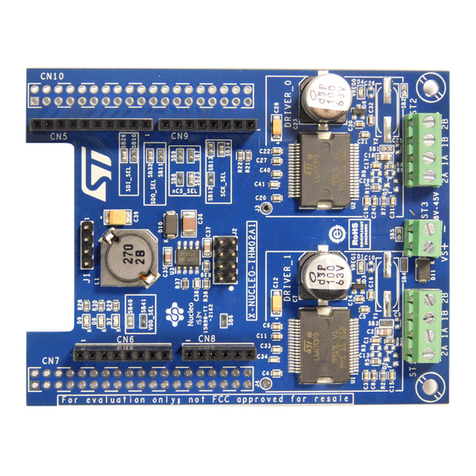
ST
ST X-NUCLEO-IHM02A1 User manual

ST
ST STMPE811 Specification sheet
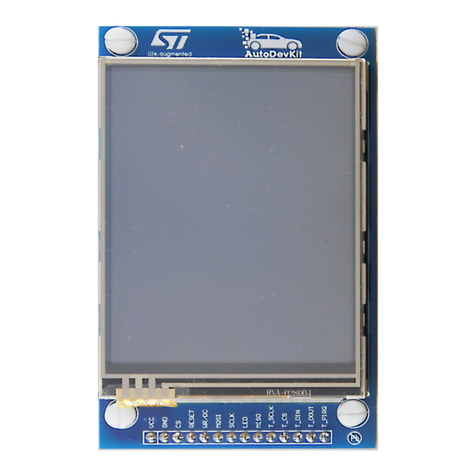
ST
ST AEK-LCD-DT028V1 User manual
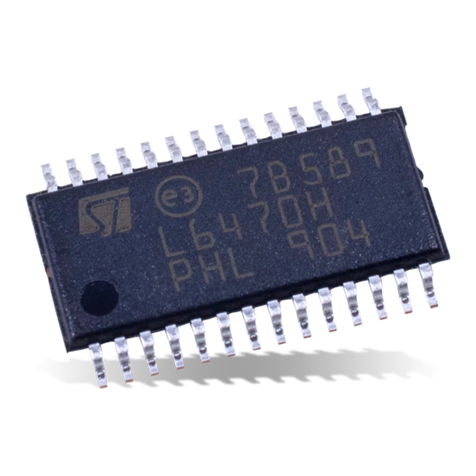
ST
ST L6470H User manual
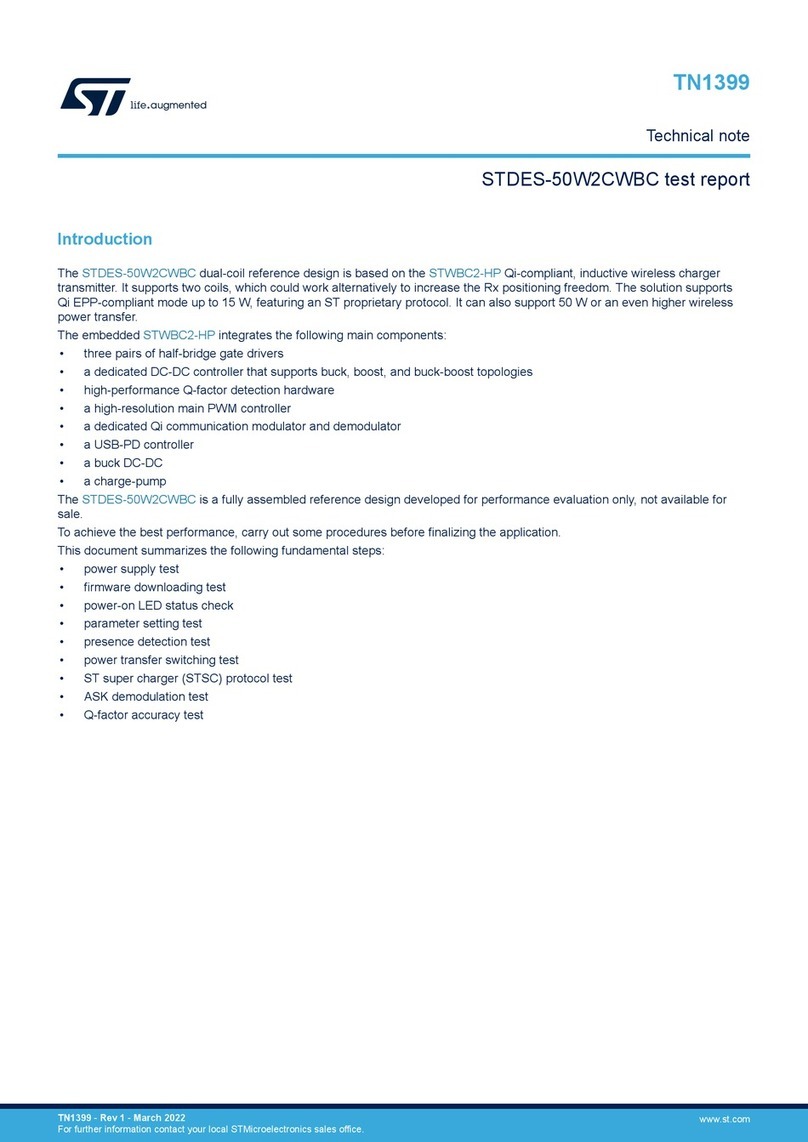
ST
ST STDES-50W2CWBC Specification sheet
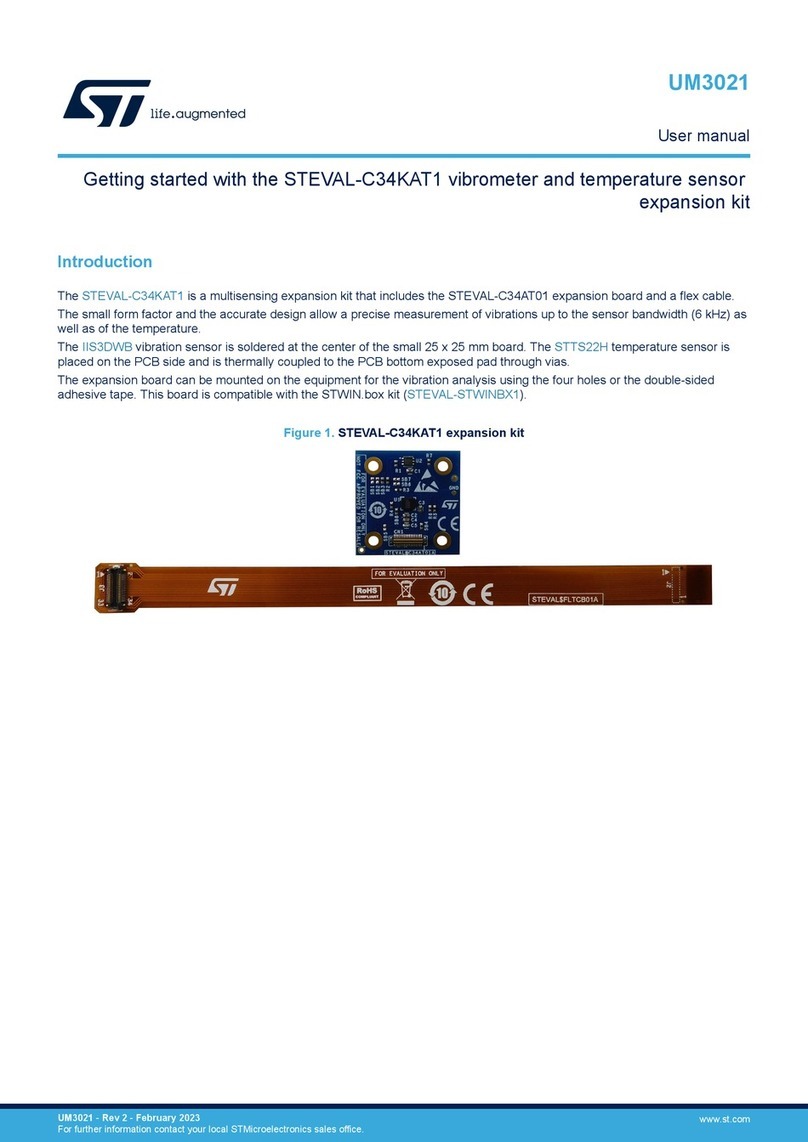
ST
ST STEVAL-C34KAT1 User manual
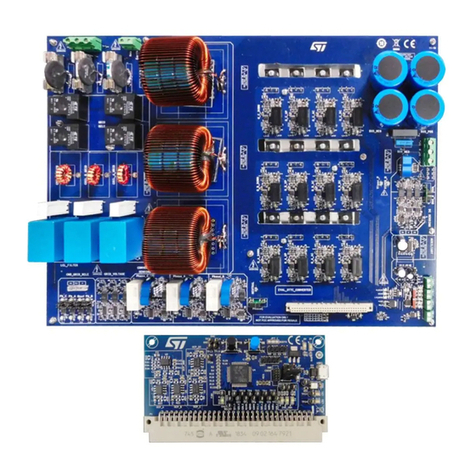
ST
ST STDES-PFCBIDIR User manual

ST
ST Nomadik NHK-15 User manual
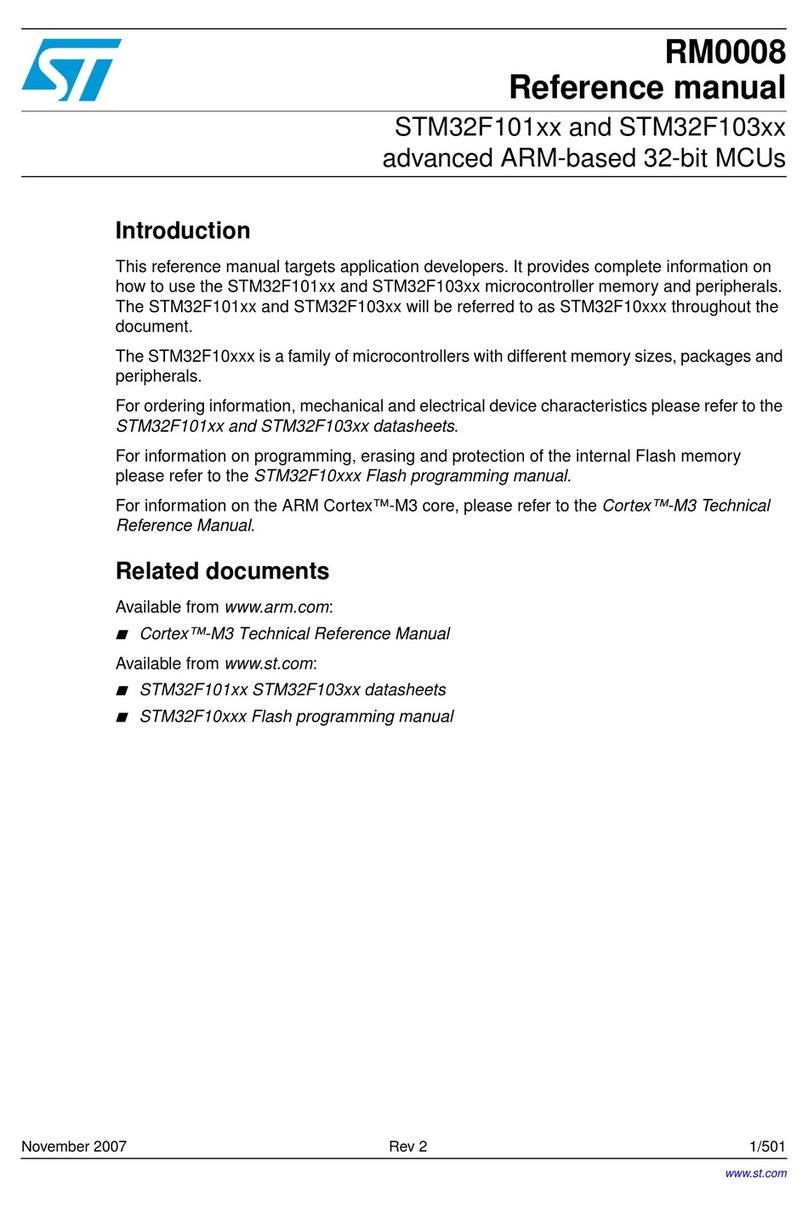
ST
ST STM32F101 series User manual
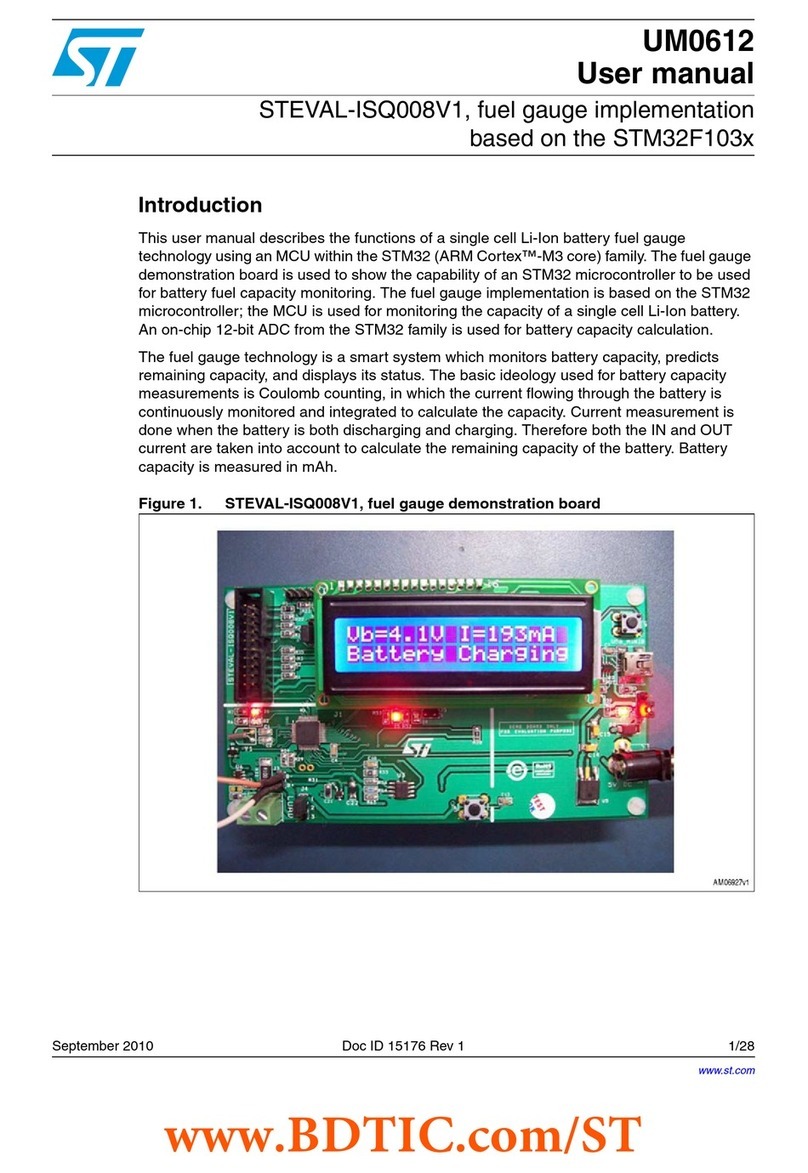
ST
ST STEVAL-ISQ008V1 User manual
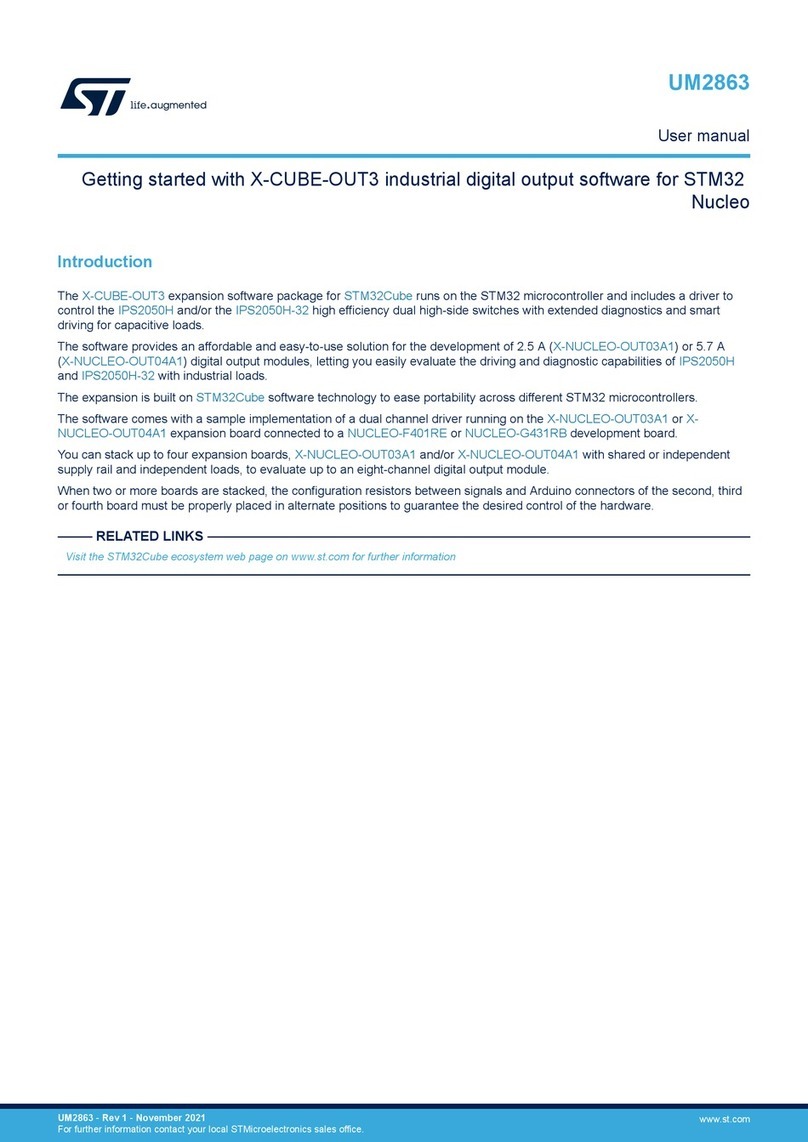
ST
ST X-CUBE-OUT3 User manual
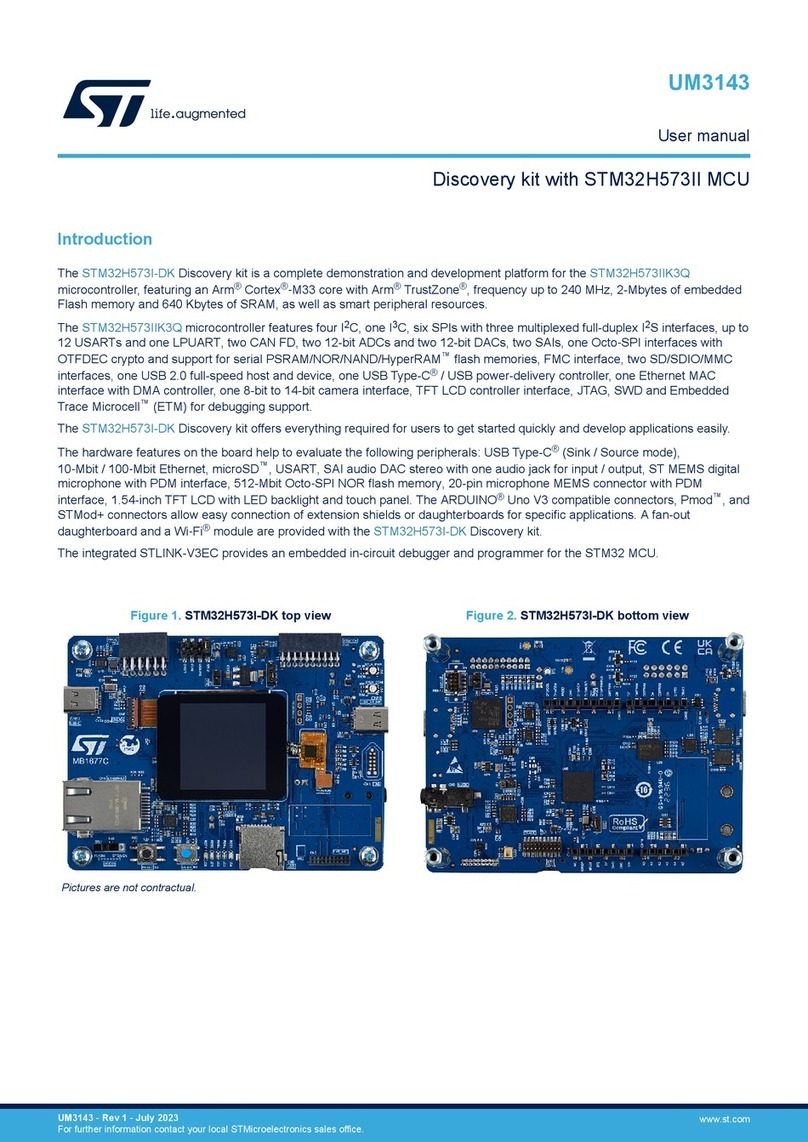
ST
ST STM32H573I-DK User manual
Popular Computer Hardware manuals by other brands

EMC2
EMC2 VNX Series Hardware Information Guide

Panasonic
Panasonic DV0PM20105 Operation manual

Mitsubishi Electric
Mitsubishi Electric Q81BD-J61BT11 user manual

Gigabyte
Gigabyte B660M DS3H AX DDR4 user manual

Raidon
Raidon iT2300 Quick installation guide

National Instruments
National Instruments PXI-8186 user manual

Intel
Intel AXXRMFBU4 Quick installation user's guide

Kontron
Kontron DIMM-PC/MD product manual

STEINWAY LYNGDORF
STEINWAY LYNGDORF SP-1 installation manual

Advantech
Advantech ASMB-935 Series user manual

Jupiter
Jupiter RAM PACK instructions
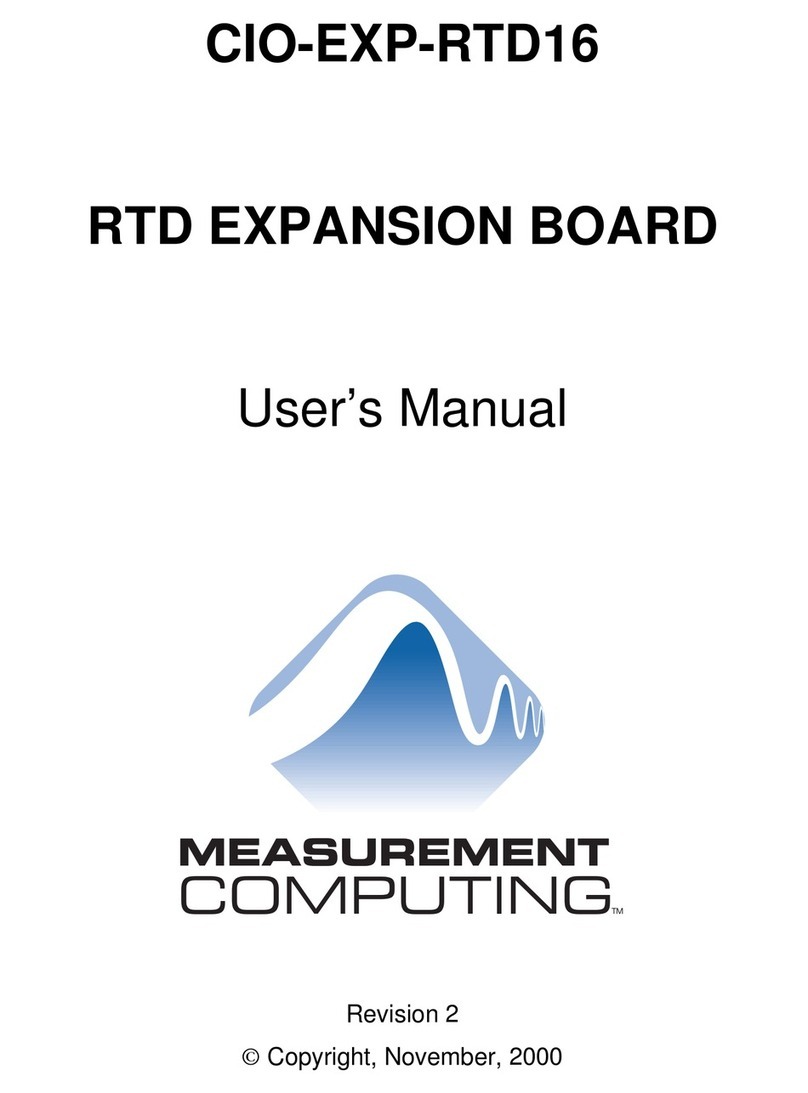
Measurement Computing
Measurement Computing CIO-EXP-RTD16 user manual

